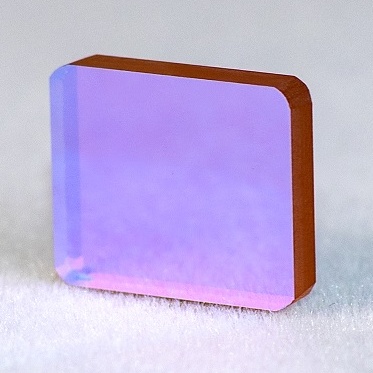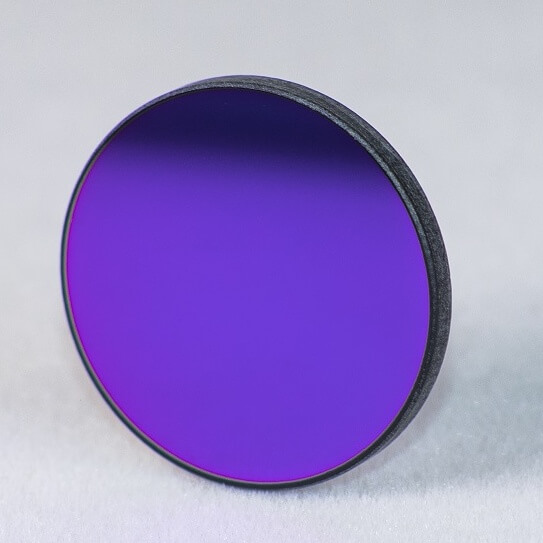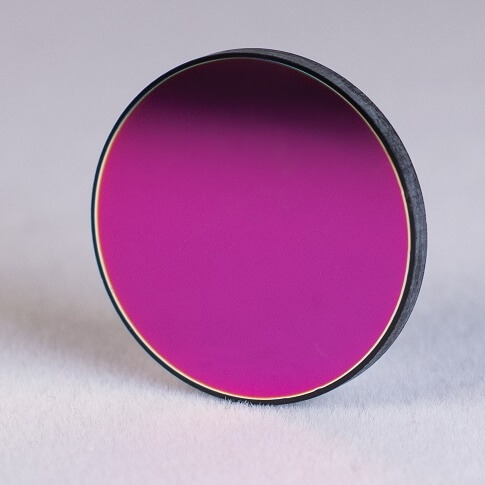A bandpass filter is designed to pass a specified range of wavelengths with high transmittance while blocking all others. At Shanghai Optics we produce a variety of band-pass optical filters for various applications, including biotech, machine vision, laser line separation, spectral radiometry, and fluorescence applications.
 |
 |
 |
Bandpass filters are typically designated by the wavelength range they transmit, their passband. Aside from the passband wavelength, the three most important specifications of any bandpass filter are the center wavelength (CWL), the full width at half maximum (FWHM), and the peak transmission (T).
Sometimes cut-on and cut-off wavelengths are used to describe the filter’s passband instead of FWHM and CWL.
Standard bandpass filters will have a passband in the 400-1100 nm range, and a full width at half maximum starting at around 10 nm. The sizes of our standard filters range from 2-90 mm. However, we can produce specialized bandpass filters per customer request if your application has special requirements.
To fully understand band-pass filters it helps to look at them in the general context of band-pass filters for signal processing. As such a band pass filter passes a certain frequency range while blocking others. In electronics, an active band pass filter circuit is known as second order filter since it is designed with two capacitors.
Active filters have a peak frequency response (resonant frequency) at the center frequency of their passband. The transfer function is defined as the output signal voltage divided by the input voltage in the complex plane. The bandwidth of the filter is defined as the difference between the upper and lower cutoff frequencies, and the quality factor is considered to be the ratio of the center frequency of the bandpass over the whole passband.
We offer a wide range of bandpass filters suitable for diverse optical and photonic applications. Our standard filters cover the 400-1100 nm range, with sizes from 2-90 mm. For applications with specific requirements, we can produce custom bandpass filters tailored to your needs.
Please contact us to discuss your bandpass filter needs, to receive a catalogue of our on-shelf stock or to inquire about custom options.